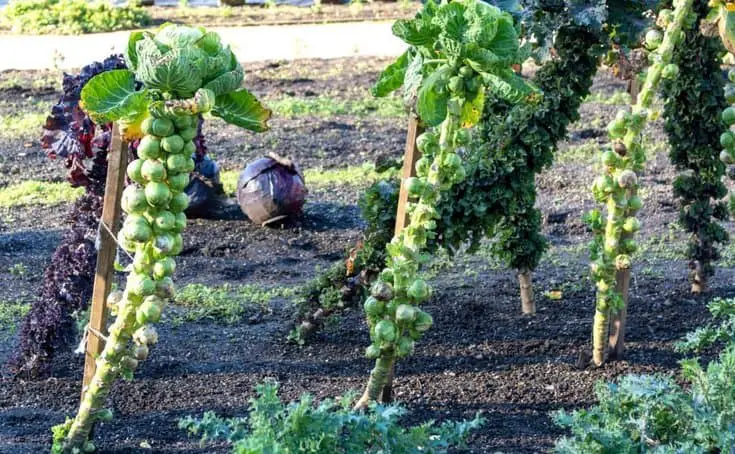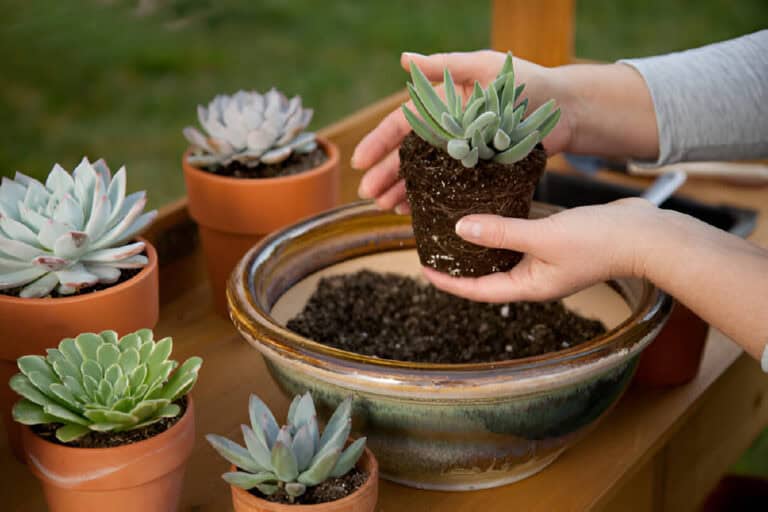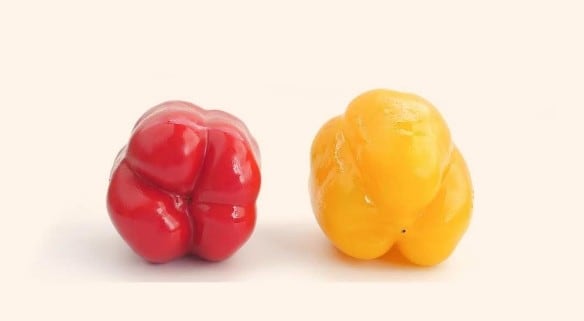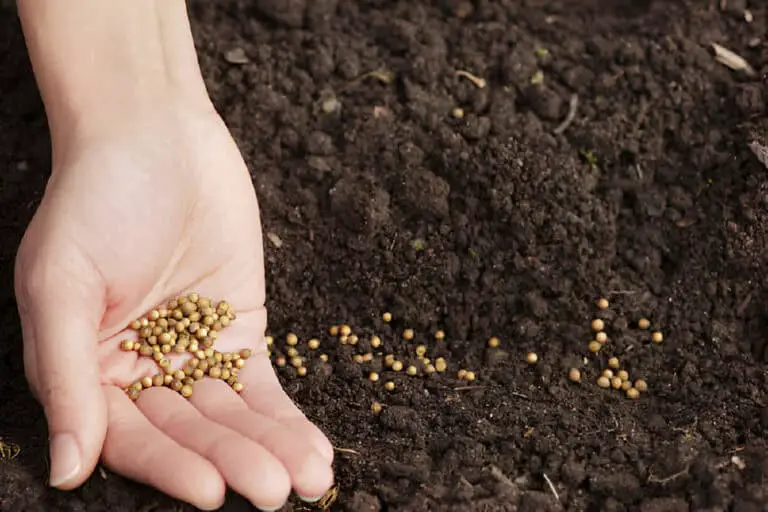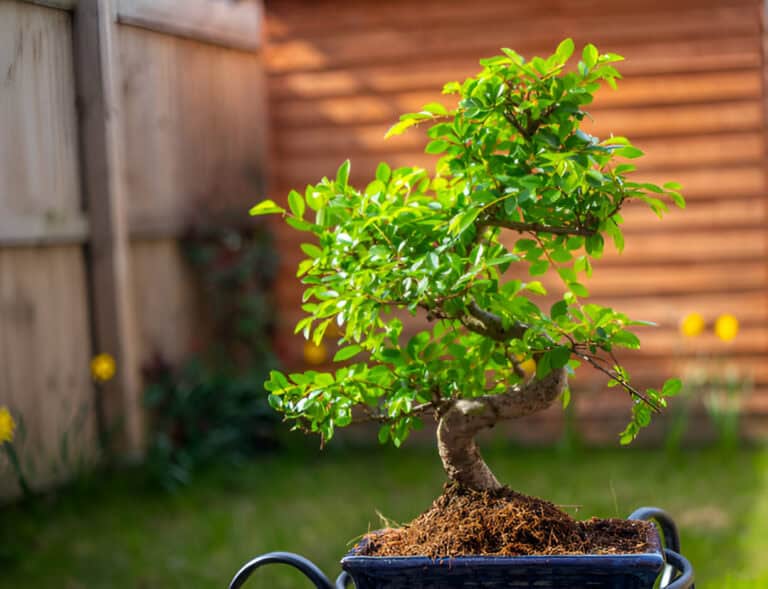Does Chaga Only Grow on Birch Trees? Can Chaga Grow on Oak?
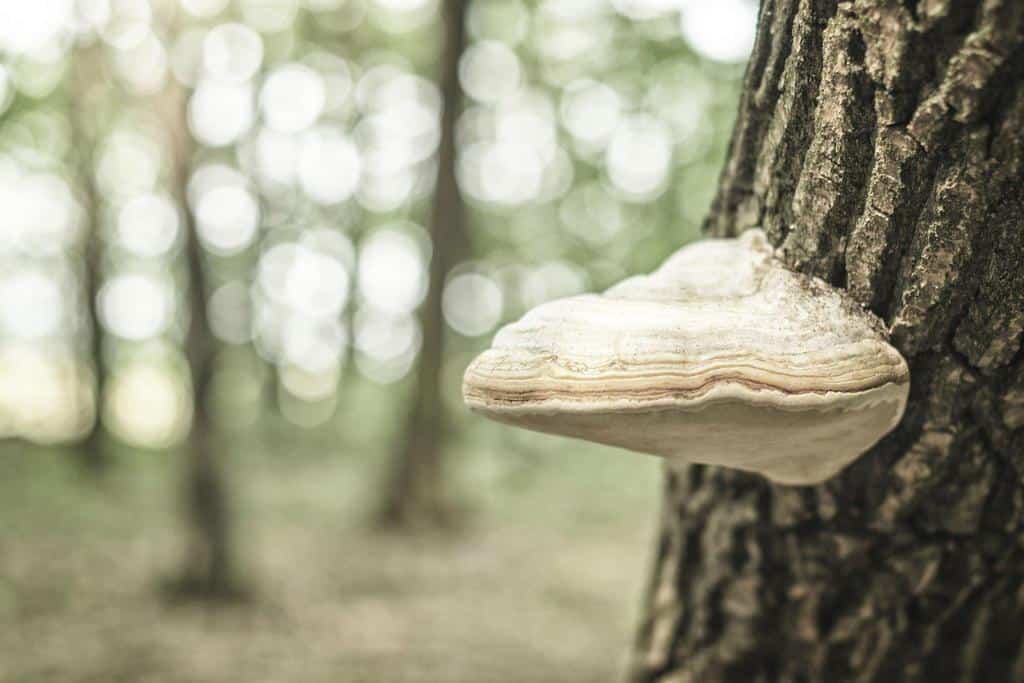
In the heart of lush, untamed forests, a mystical fungus, Chaga, has been shrouded in legend and lauded for its potential healing powers. You might have heard whispers of this enigmatic mushroom’s close bond with birch trees, but as the sun sets on another day in the woods, we embark on a journey of curiosity. Is Chaga’s allegiance truly exclusive to the birch, or could it find solace among the mighty oak?
As we wander deeper into the wilderness, armed with the spirit of exploration, we’ll unearth the secrets of Chaga’s preferred habitat, unpeel the layers of its special bond with birch trees, and traverse the realms of possibility where oak trees may play a part. Prepare to be enthralled by nature’s tale of adaptability, as we venture beyond the known and embrace the allure of Chaga’s tree tales.
Introduction to Chaga and its Habitat
Chaga, a fascinating and highly sought-after medicinal mushroom, has been revered for its numerous health benefits for centuries. Chaga (Inonotus obliquus) is a unique mushroom that thrives in cold climates, primarily found in regions with birch forests.
It possesses an impressive array of medicinal properties, making it a popular ingredient in traditional medicine and natural wellness practices. Some of its renowned benefits include boosting the immune system, reducing inflammation, and promoting overall well-being.
Chaga’s Natural Habitat on Birch Trees
In its natural environment, Chaga forms a symbiotic relationship with birch trees. The mushroom slowly and harmoniously grows on the exterior of the birch tree’s trunk, absorbing nutrients from its host to develop and sustain itself. This natural alliance between Chaga and birch creates a habitat that supports the growth and proliferation of this remarkable mushroom.
The bond between Chaga and birch trees goes beyond mere coexistence. Birch trees provide Chaga with a nurturing environment, while the mushroom, in turn, offers certain advantages to its host. It’s a fascinating give-and-take relationship that has piqued the curiosity of researchers and nature enthusiasts alike.
Characteristics of Birch Trees
Several birch tree species are commonly associated with Chaga growth. These include the White Birch (Betula papyrifera), the Yellow Birch (Betula alleghaniensis), and the Paper Birch (Betula neoalaskana). These trees create an ideal environment for Chaga to thrive, given their specific characteristics and nutritional offerings.
Birch trees predominantly flourish in regions with cold climates and well-defined seasons. Countries with vast northern territories, such as Russia, Canada, and parts of Northern Europe, boast extensive birch forests that provide an excellent habitat for Chaga.
Birch trees offer Chaga a wealth of nutrients, including polysaccharides, melanin, and various minerals. These elements are essential for the mushroom’s growth, maturation, and medicinal potency. The availability of such nutrients plays a pivotal role in shaping the Chaga found on birch trees.
Does Chaga Only Grow on Birch Trees?
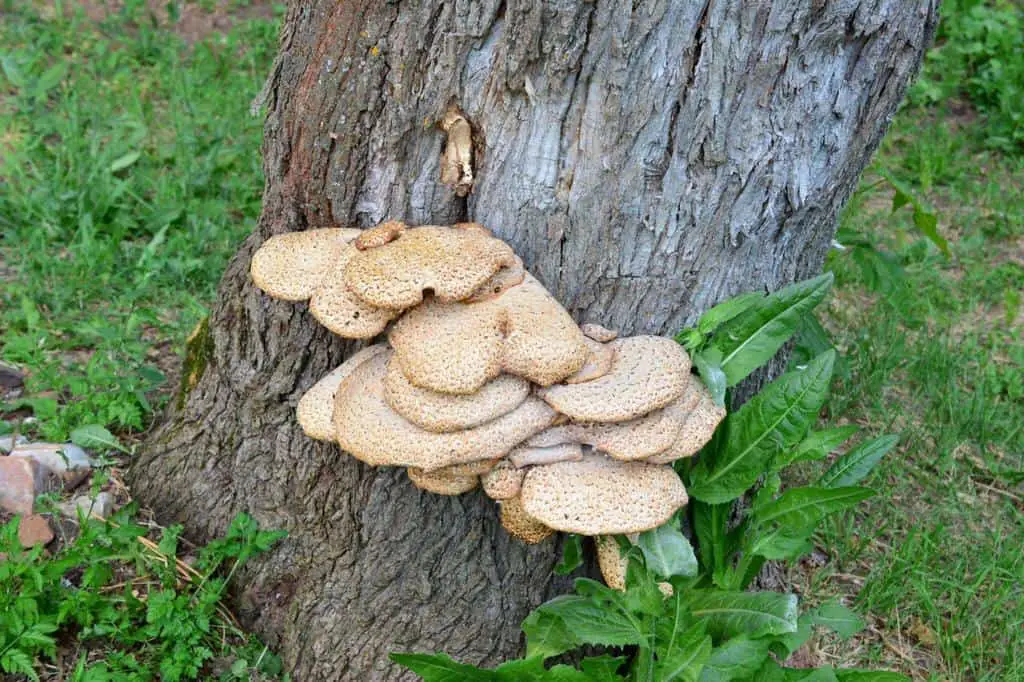
While they do have a strong preference for birch trees, they aren’t exclusively bound to them. Oh no! Chaga mushrooms have been known to make themselves at home on several other tree species too.
It’s like they’re adventurous explorers, seeking out new hosts for their growth. Alder, beech, maple, rowan, hornbeam, poplar, oak, and ash are just a few of the other trees where you might stumble upon these peculiar fungi.
And let’s talk about their choice of address. Chaga loves the chilly weather, embracing it like a cozy blanket. If you want to find them, pack your bags and head to the frosty lands of Canada, Siberia, Scandinavia, or certain northern parts of the United States. These places provide the perfect conditions for chaga to thrive and work its magic.
Now, before you go on a mushroom hunt, remember to be a considerate forager! Chaga should only be harvested from living white or yellow birch trees, not from fallen ones. It’s like having a mutually respectful agreement with nature. By doing this, we help preserve the delicate ecological balance and ensure these beautiful mushrooms continue to bless us with their presence for generations to come.
So, next time you venture into the woods, keep an eye out for chaga and give a nod of appreciation to these tree-hopping wonders!
The Role of Birch Trees in Chaga Growth
Supporting Chaga’s Lifecycle and Reproduction
Birch trees play a vital role in supporting the entire lifecycle of Chaga. As the mushroom establishes itself on the tree’s bark, it begins a slow and steady maturation process, eventually releasing spores to propagate and continue its life cycle.
Physical Structures on Birch Trees for Chaga Growth
Chaga predominantly grows on the outer bark of birch trees, forming a conspicuous blackened mass that can often resemble a charred growth. The mushroom’s appearance on the tree’s surface makes it relatively easy to spot and harvest, given the proper knowledge and expertise.
Factors Influencing Chaga Abundance on Birch Trees
Several factors influence the abundance of Chaga growth on birch trees. These include the overall health and age of the birch tree, environmental conditions, and the presence of any competing organisms. Understanding these factors can help researchers and harvesters predict the availability of Chaga in specific areas.
Chaga’s Relationship with Other Tree Species
Potential Growth of Chaga on Oak Trees
The question of whether Chaga can grow on trees other than birch is a subject of intrigue and investigation. Some researchers have explored the possibility of Chaga’s growth on oak trees, and while it is not as common as on birch, instances of Chaga being found on oak trees have been documented.
Comparing Chaga Growth on Birch and Oak Trees
Chaga’s growth on oak trees, when it occurs, may exhibit some differences compared to its growth on birch trees. The environment, nutritional properties, and potential medicinal compounds might vary, raising questions about the similarities and distinctions between Chaga and the two tree species.
Chaga Growth on Oak Trees: Possibilities and Limitations
Instances of Chaga on Oak Trees
Researchers and naturalists have encountered rare instances of Chaga growth on oak trees. These occurrences, although not widespread, suggest that Chaga may have a broader range of potential host trees than previously believed.
Factors Influencing Chaga’s Ability to Grow on Oak Trees
Several factors come into play when considering Chaga’s ability to grow on oak trees. These factors may include the specific oak tree species, geographical conditions, and potential adaptations Chaga might undergo to thrive on this alternative host.
Comparing Medicinal Properties of Chaga on Birch and Oak
If Chaga does grow on oak trees, an intriguing question arises: could there be differences in the medicinal compounds and properties of Chaga derived from birch versus oak trees? This potential distinction adds an extra layer of curiosity to the study of this enigmatic mushroom.
Impact of Environmental Factors on Chaga Growth
Environmental factors have a big impact on Chaga’s growth. Three key factors shape its habitat preferences:
1. Role of Climate and Temperature
Chaga thrives in cold climates with well-defined seasons. Regions like Russia, Canada, and Northern Europe, where birch forests are abundant, provide the ideal setting for Chaga growth. The low temperatures and seasonal variations create a suitable environment for the mushroom to flourish.
2. Influence of Humidity and Moisture
Humidity and moisture levels play a crucial role in Chaga’s distribution across different tree species. Birch trees’ natural ability to retain moisture contributes to Chaga’s growth on their bark. However, Chaga’s response to humidity and moisture on alternative trees, like oak, remains an area of ongoing research.
3. Effects of Pollution and Urbanization
Chaga’s habitat is susceptible to the impacts of pollution and urbanization. The increasing presence of pollutants in the environment can disrupt the symbiotic relationship between Chaga and birch trees, affecting the mushroom’s growth and abundance. Preserving natural habitats and minimizing pollution become essential aspects of maintaining Chaga populations.
Ethical Harvesting and Conservation Practices
Harvesting Chaga responsibly is crucial to ensuring its sustainable availability for generations to come. Some key considerations for ethical harvesting include:
1. Importance of Sustainable Chaga Harvesting from Birch Trees
Harvesting Chaga in a sustainable manner is vital for preserving both the mushroom and its host trees. Overharvesting Chaga can negatively impact birch tree populations and disrupt the delicate ecosystem that supports Chaga’s growth.
2. Discussion on the Impact of Chaga Harvesting on the Environment
Harvesting Chaga involves removing the mushroom from its host tree, which may have implications for the tree’s health and longevity. Additionally, improper harvesting techniques can damage the tree and hinder future Chaga growth.
3. Measures to Ensure the Preservation of Chaga and Birch Tree Ecosystems
To safeguard Chaga and the birch tree ecosystems, responsible harvesting practices must be implemented. These measures may include harvesting only a portion of Chaga from each tree, allowing the mushroom to continue its lifecycle and reproduce.
Chaga’s Medicinal Properties and Traditional Use
Chaga’s medicinal properties have been valued for centuries, and its modern applications in wellness and healthcare are gaining attention:
Chaga is rich in bioactive compounds like beta-glucans, melanin, and antioxidants, which contribute to its health benefits. These compounds are known for supporting the immune system, reducing inflammation, and promoting overall well-being.
Throughout history, Chaga has been used in traditional medicine by various cultures for its healing properties. From Russia to Siberia and Northern Europe, Chaga has been a staple in folk remedies.
In recent years, Chaga has gained popularity in the wellness and healthcare industries. It is used in various forms, including supplements, teas, and skincare products, to harness its health-enhancing potential.
Conclusion
In conclusion, Chaga’s primary association with birch trees is well-established, and it remains the most common host for this unique medicinal mushroom. While rare instances of Chaga growing on oak trees and other species have been observed, further research is necessary to understand the extent and implications of such occurrences.
Chaga’s adaptability and potential for growth on various trees open up exciting possibilities for exploration in the world of mycology and natural medicine.
As we continue to uncover the mysteries of Chaga, it’s vital to approach its study with care, respect, and a commitment to sustainable practices. By doing so, we can not only preserve this incredible gift from nature but also ensure that its benefits continue to enrich the lives of generations to come.
FAQ on Chaga Only Grow on Birch Trees
Is Chaga more potent when grown on birch?
Chaga’s potency is attributed more to its age and environmental conditions rather than the tree it grows on. Older, stressed birch trees may produce higher levels of advantageous compounds, but factors like climate and location can also affect the variation in potency.
How do you find Chaga on oak trees?
Finding Chaga on oak trees requires keen observation. Look for the characteristic black, crusty growths protruding from the bark. Remember, it’s relatively rare, so proper identification is crucial to avoid confusion with other non-medicinal fungi.
Can Chaga grow in warm climates?
Chaga thrives in cold, temperate regions and might struggle to grow in consistently warm climates. It requires a host tree with a prolonged dormant period, which is typically found in colder environments.
What are the risks of harvesting Chaga from oak trees?
Harvesting Chaga from oak trees can potentially harm both the Chaga populations and the trees themselves. Overharvesting or improper collection methods can disrupt the ecosystem and affect the delicate balance of the forest.
Can Chaga be cultivated indoors on oak or birch logs?
Yes, Chaga can be cultivated indoors on oak or birch logs using specialized techniques. Controlled environments allow for a more sustainable and controlled Chaga growth process.
Can Chaga grow on any other tree besides birch and oak?
Apart from birch and oak, Chaga has been occasionally spotted on other trees like poplar, beech, and maple. However, these instances are less common.
Is Chaga’s medicinal potency affected by the tree it grows on?
Chaga’s medicinal potency is mainly influenced by its age, environmental conditions, and storage methods. While the tree species it grows on might have minor effects, the overall health of the Chaga and its biochemical composition play more significant roles in its medicinal properties.


